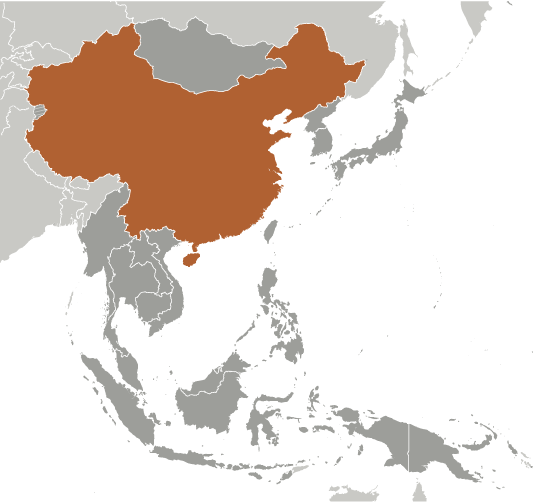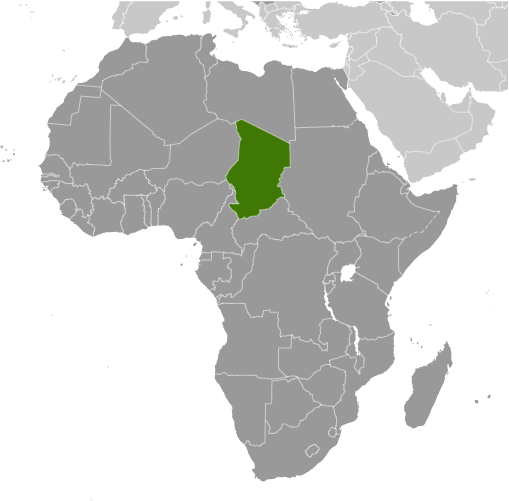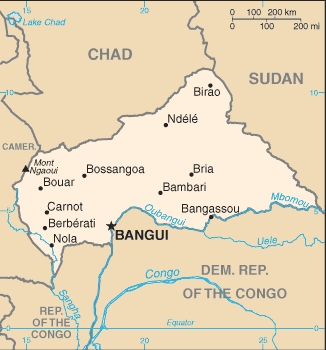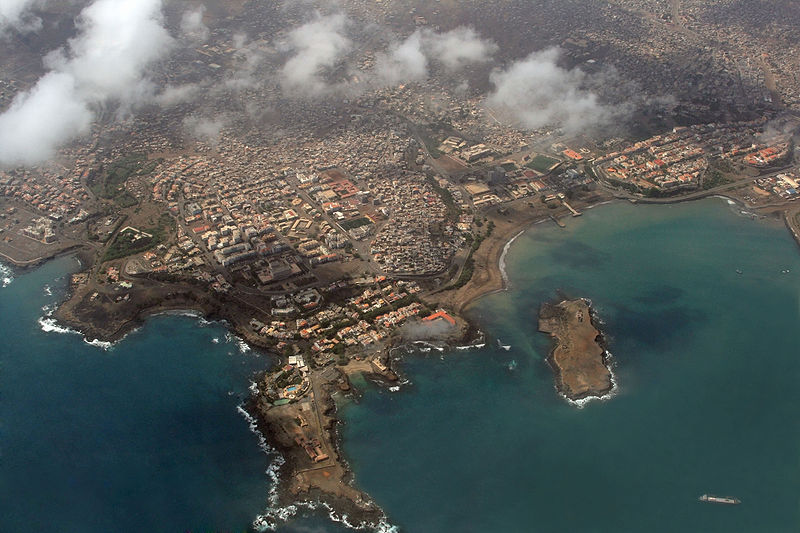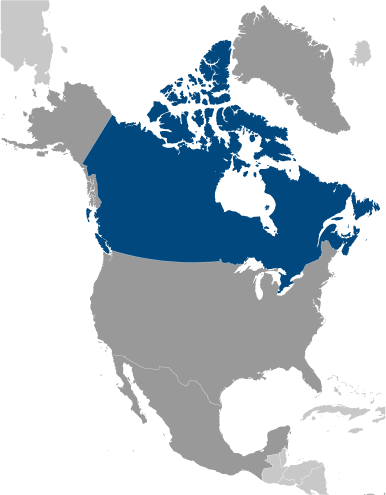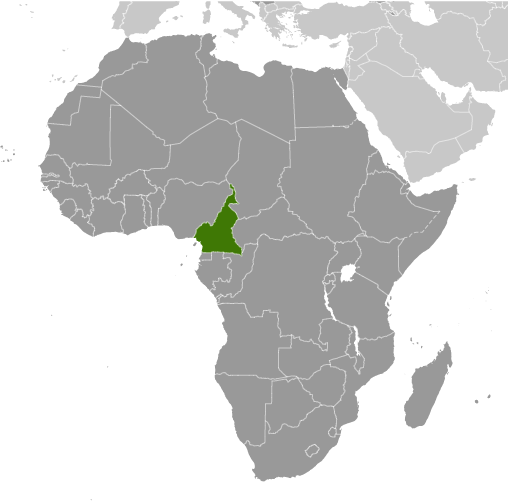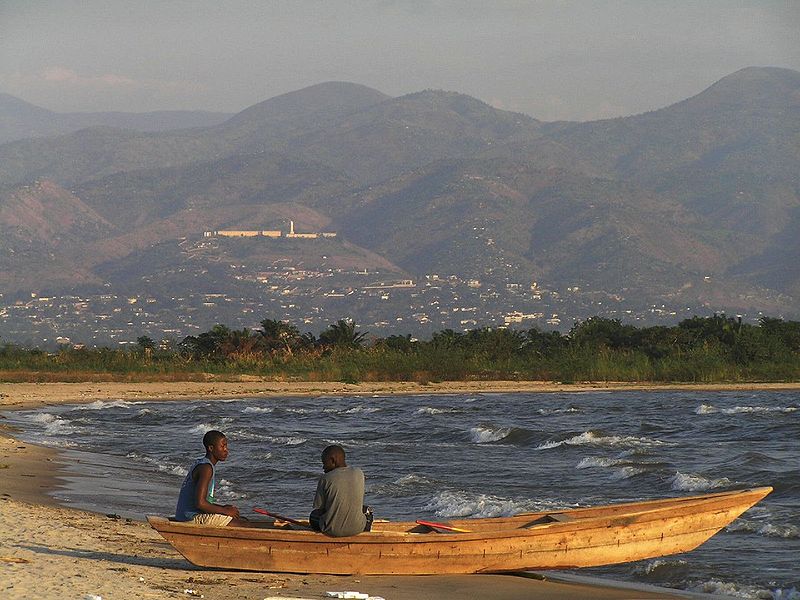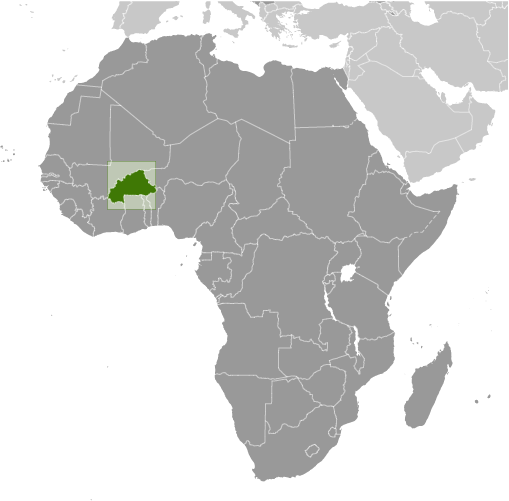About the Food of China
China is giant, offering up 24 classical regional cuisines within six time zones. To my highly untrained eye, the widest part of China looks to be about the width of North Africa. That’s some serious diversity. Overall, Chinese value the spiritual and physical beauty of food as much as the nutritive qualities. Harmony is important – many dishes are designed to balance salty, bitter, sweet, and sour elements, not to mention crunchy versus soft textures. Additionally, hours can be spent preparing trimmings – carving vegetables and fruit, for example. Typical seasonings and aromatics include ginger, bean paste, soy sauce, oyster sauce, green onion, sesame and peanut oil. The four most “talked about” cuisines are Peking (from north Beijing), Szechuan/Sichuan (from south central/western China), Cantonese (in the south), and Shanghai (to the east). Peking Peking, home of the Peking duck, is in northeast China where it is too cold to grow rice. As a result, wheat is the primary crop. The area is known for hearty meat dishes, braises, and barbecue. They also like roasts …
Read More
